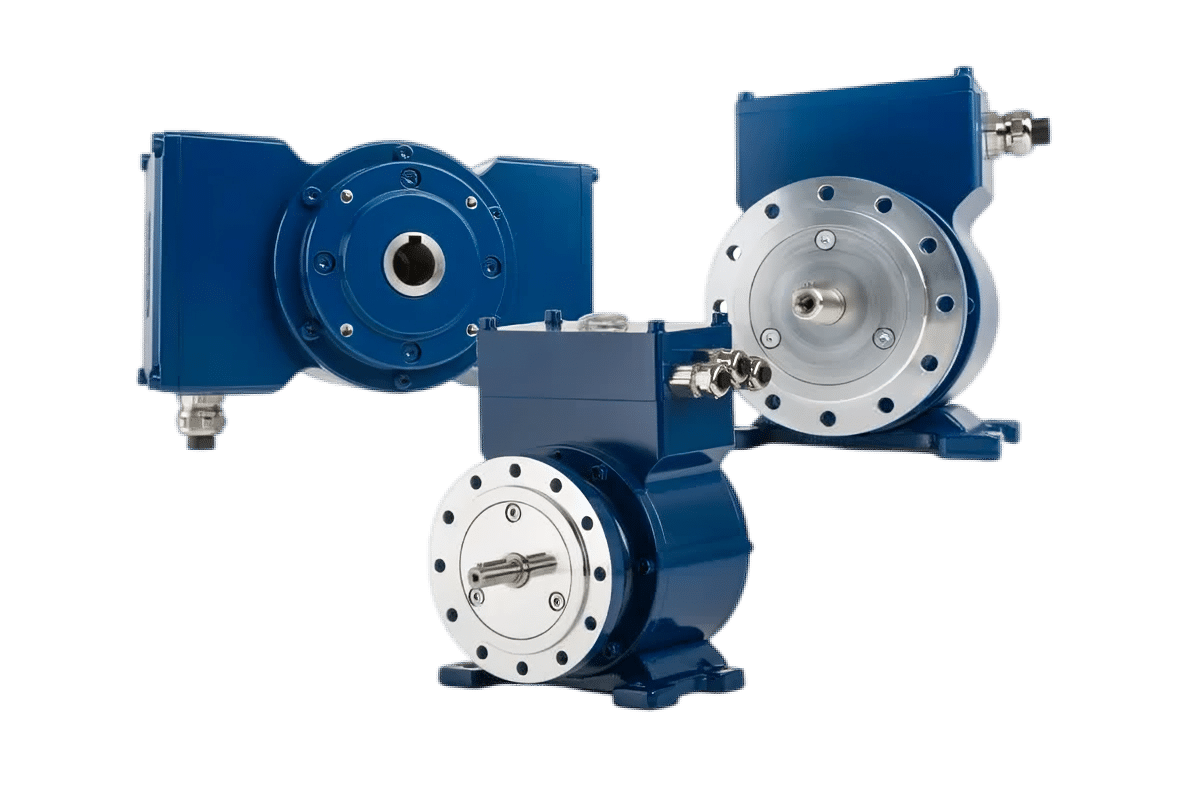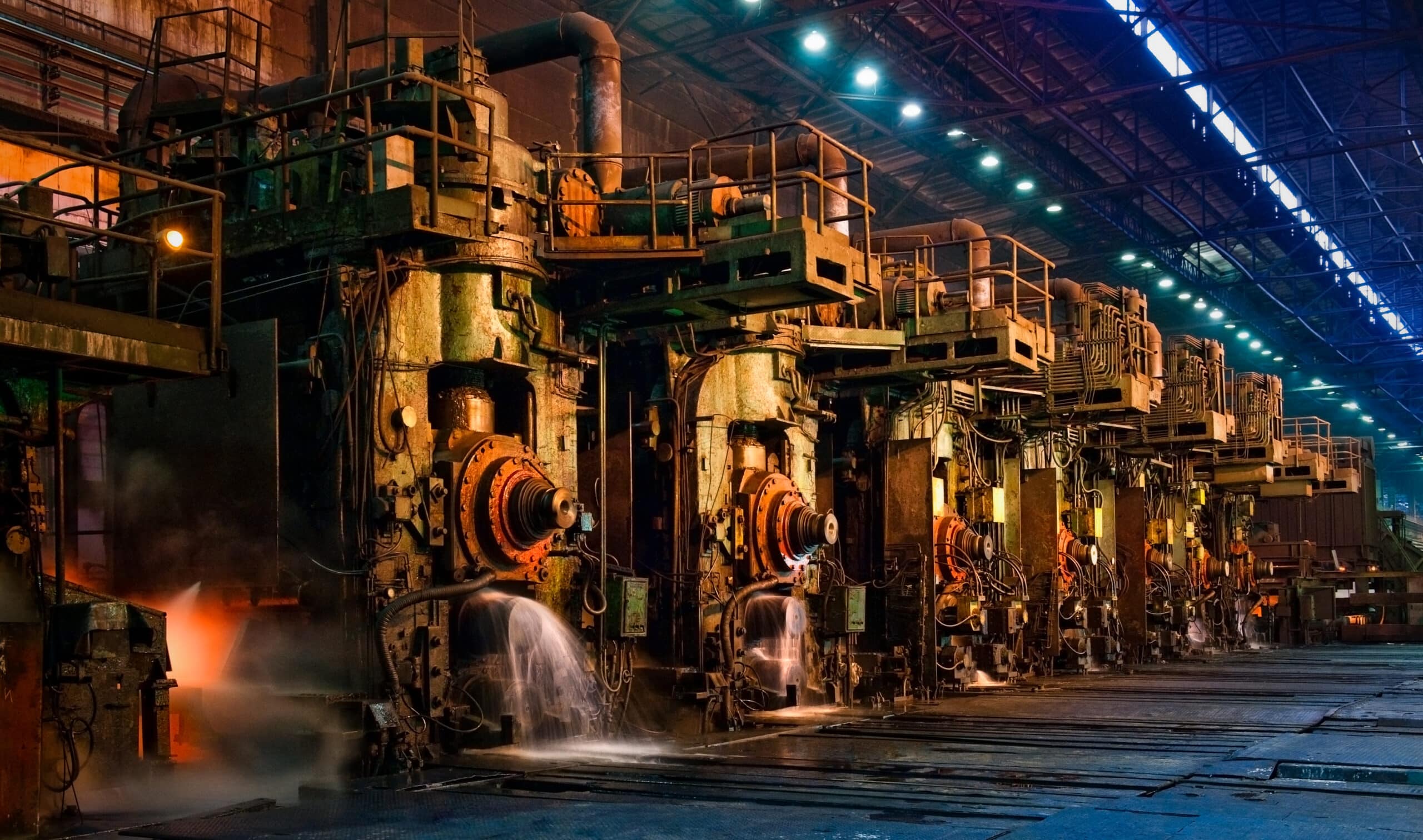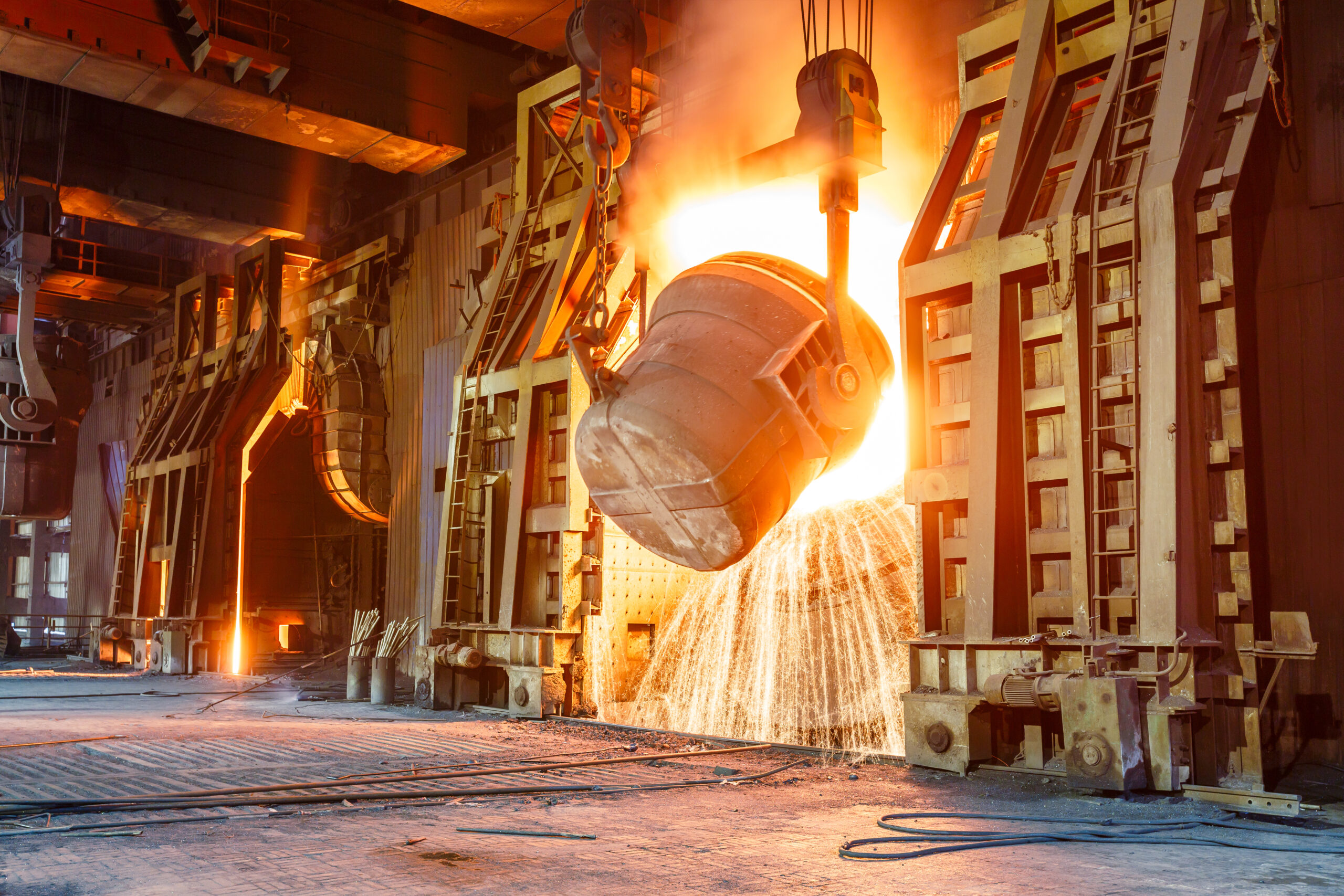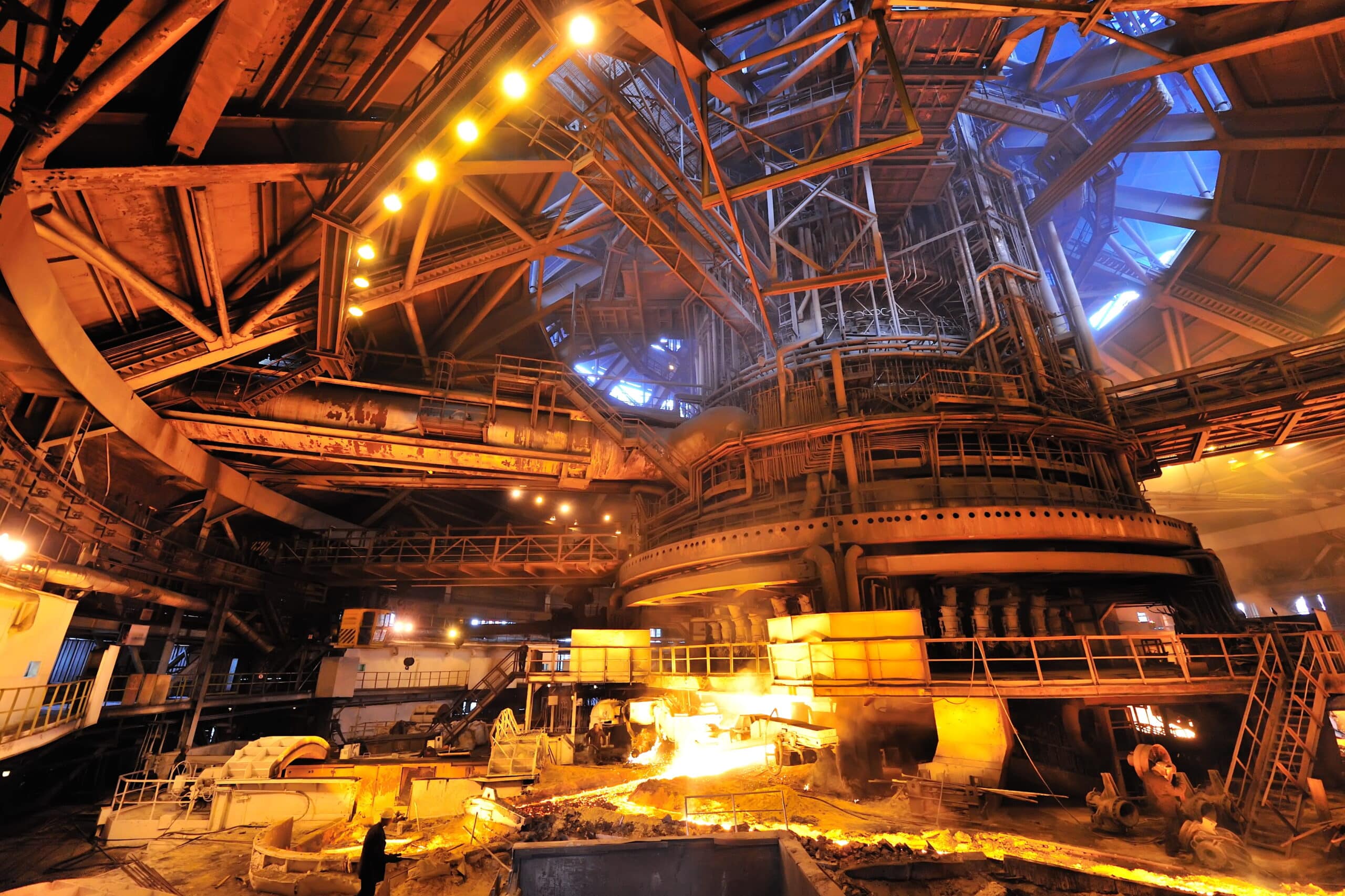Home Products Sensor-Technology-Category Position & Angle Absolute Encoders
Absolute Encoders
Robust and reliable absolute encoders for accurate measurement of position and angle.
Absolute Encoders: Monitoring Speed & Position With Precision
An absolute encoder provides accurate position feedback by assigning a unique digital value to each shaft position, ensuring precise tracking even after power outage. Unlike incremental systems, an absolute encoder delivers continuous, unambiguous data—critical for high-reliability applications in automation and motion control.
Designed for durability and precision, an absolute rotary encoder or absolute shaft encoder is ideal for environments where real-time, repeatable positioning is essential. Whether used in robotics, industrial machinery, or process control, these devices offer dependable performance under demanding conditions.
With standard interface options and seamless integration into control systems, the absolute encoder—including configurations often referred to as absolute incremental encoders—ensures smooth compatibility and long-term operational stability.

Find the Best Absolute Encoder For Your Application
Supply voltage: 12-30 VDC
Temperature range: -40 °C to +85 °C
Resolution: Single turn max. 16 bit
Degree of protection: IP66/67
Signal Output:
EtherCAT, SSI, SSI-Incremental, Parallel
Supply voltage: 12-30 VDC
Temperature range: -40 °C to +85 °C
Resolution: Single turn max. 16 bit
Degree of protection: IP66/67
Signal Output:
EtherCAT, SSI, SSI-Incremental, Parallel
Supply voltage: 12-30 VDC
Temperature range: -40 °C to +85 °C
Resolution: Single turn max. 16 bit
Degree of protection: IP66/67
Signal Output:
SSI
Absolute Encoders: Monitoring Speed & Position With Precision
Absolute encoders play a critical role in heavy-duty industrial environments where precise and reliable position feedback is essential. In rolling mills and metal processing plants, an absolute rotary encoder ensures accurate positioning of rollers and cutting systems, even during power interruptions. This helps maintain consistent product quality and reduces downtime during operational shifts.
In the steel industry, including blast furnaces, absolute encoders are used to monitor and control material handling systems, conveyor positioning, and lift mechanisms. These encoders, including robust shaft encoder variants, withstand extreme temperatures, vibrations, and harsh environments. Their ability to deliver real-time, uninterrupted data makes them indispensable across various heavy-duty industries, where precision and durability are non-negotiable..
In hot rolling mills, maintaining precise control over roller positioning and speed is essential for product uniformity and operational safety. An absolute encoder ensures accurate, real-time feedback even in extreme heat, vibration, and contamination. Unlike incremental options, it retains position data after power outage, critical for maintaining continuity in rolling operations. The integration of a rugged shaft encoder allows for reliable performance despite the harsh environment. With high resolution and durability, these encoders enable seamless coordination of motors and actuators, reducing downtime and material defects. By enhancing control and system responsiveness, absolute encoders play a vital role in maximizing efficiency and output quality in demanding hot rolling applications.

Metal Processing
In metal processing, precision is critical across cutting, bending, and finishing.
Absolute encoders ensure accurate machine positioning without re-homing, improving repeatability and reducing scrap. Commonly used in shears, presses, and feeders, these durable shaft encoders offer reliable feedback even in high-vibration environments—boosting automation, quality, and overall efficiency.

Hot-Rolling Mills
Absolute encoders in hot rolling mills ensure precise roller control under extreme heat, vibration, and dust. Unlike incremental types, they retain position after power loss—essential for uninterrupted operations. These rugged shaft encoders offer high resolution and reliable feedback, minimizing downtime and defects while boosting efficiency and output quality.

Steel Processing
Steel manufacturing demands accurate motion control for cranes, conveyors, and slab casters.
Absolute rotary encoders provide reliable, real-time feedback—even during power loss—ensuring system safety and precision. These heavy-duty shaft encoders withstand heat, shock, and EMI, minimizing downtime and supporting consistent, high-throughput operations in steel plants.

Blast Furnace
Blast furnace systems operate in extreme heat and dust, where reliability is critical.
Absolute rotary encoders deliver precise, continuous feedback for material charging and tap hole control—without needing re-homing after power loss. These rugged shaft encoders improve safety, uptime, and automation in harsh furnace environments.
In hot rolling mills, maintaining precise control over roller positioning and speed is essential for product uniformity and operational safety. An absolute encoder ensures accurate, real-time feedback even in extreme heat, vibration, and contamination. Unlike incremental options, it retains position data after power outage, critical for maintaining continuity in rolling operations. The integration of a rugged shaft encoder allows for reliable performance despite the harsh environment. With high resolution and durability, these encoders enable seamless coordination of motors and actuators, reducing downtime and material defects. By enhancing control and system responsiveness, absolute encoders play a vital role in maximizing efficiency and output quality in demanding hot rolling applications.
In the steel manufacturing process, precise position control and synchronization of equipment such as cranes, conveyors, and slab casters are essential. An absolute encoder provides continuous, error-free position feedback, even during power interruptions—making it ideal for such high-risk environments. A heavy-duty absolute rotary encoder withstands high temperatures, electromagnetic interference, and mechanical shock, ensuring reliable performance in furnace zones and handling systems. These encoders are central to maintaining automation precision, safety protocols, and consistent production rates. The robust construction and high accuracy of shaft encoders used in this sector contribute to reduced downtime and improved throughput, making them indispensable components in modern steel plants.
Metal Processing
Metal processing facilities demand precision at every stage—from cutting and bending to extrusion and finishing. An absolute encoder enables precise machine positioning and feedback, which is crucial for achieving tight tolerances and reducing scrap rates. Used in various equipment like shears, presses, and feeders, a durable shaft encoder ensures stable and repeatable motion control, even in high-vibration settings. The ability of absolute rotary encoders to provide unique position values at all times—without requiring re-homing—enhances process reliability and reduces setup time. Their integration into automation systems results in improved operational efficiency, higher product quality, and better resource utilization across diverse metal processing applications.

In blast furnace operations, equipment must endure extreme heat, dust, and mechanical stress—conditions where an absolute encoder proves essential. These encoders provide continuous, precise feedback for positioning systems used in material charging, tilting mechanisms, and tap hole operations. A rugged shaft encoder ensures consistent performance in harsh environments, enabling accurate control of motors and actuators critical to furnace safety and efficiency. With no need for homing after power loss, absolute rotary encoders enhance system uptime and reliability. Their robust design and high-resolution output make them vital for monitoring and automating key processes in blast furnaces, supporting consistent production and minimizing risk in high-temperature industrial settings.
Need Help Choosing a Mechanical Encoder?
Whether you require precise position feedback or durable motion control, our team is ready to guide you in selecting the right mechanical encoder for your industrial needs.

Frequently Asked Questions (FAQs) on Absolute Encoder
Encoders are devices that sense movement or position and convert it into a readable signal for electronic systems. Typically used to monitor speed, direction, and distance, they help ensure accuracy in automation and mechanical processes.
Code Disk: This disk contains patterns or markings that represent specific shaft positions. In optical encoders, it is etched with transparent and opaque segments, while in magnetic types, it has magnetic poles.
Light Source/Detector: In an optical encoder, a light source shines through or reflects off the code disk. A detector reads these patterns and converts them into digital signals.
Photodetectors: Detect the position of the rotating disc, generating a digital signal that represents the absolute position.
Electronic Board/Signal Processing Circuit: Interprets signals from Photodetectors and outputs this digital information.
Housing and Shaft: The shaft of encoder is coupled onto a rotating shaft of a motor, while the housing ensures environmental protection of electronic components and structural stability.
Position Coding: Absolute encoders assign a unique digital value to each shaft position. These values are typically expressed in binary or Gray code, enabling precise identification of angular positions.
Signal Transmission: As the shaft rotates, the encoder translates the position into a digital signal that is transmitted to a controller. This real-time data allows systems to monitor and adjust mechanical movements instantly.
Multiturn Functionality: Some advanced absolute encoders can track the number of full revolutions in addition to position within one turn. This is essential for applications involving multiple rotations and complex movements.
Non-Volatile Memory: A key feature of absolute encoders is their ability to store position data in non-volatile memory. This means that the encoder retains the last known position, even after a power loss.
- Synchronous Serial Interface(SSI)
- Parallel
- DeviceNet
- CANopen
- Profinet
- EtherCAT
- EtherNet/IP
- Profibus
- Canbus
- Analog Output(4-20 mA)
On Basis of Sensing Technologies:
Optical Encoder: An optical encoder uses light beams to read a marked disk. It is renowned for its high resolution, accuracy, and resistance to magnetic interference, making it a go-to choice for electronics and precision machinery.
Magnetic Encoder: These use magnetic poles and a magnetic sensing array to detect position. As the magnetic poles rotate, they create changes in the magnetic field that are detected by the array, providing position information.
On Basis of Turns:
Single-Turn Encoders: These provide position information only within a single revolution (0 to 360 degrees). They are suitable for applications where the encoder does not make multiple complete rotations.
Multi-Turn Encoders: These provide position information over multiple revolutions, including the number of complete turns. They are suitable for applications that require accurate position tracking over a wide range of movement.






